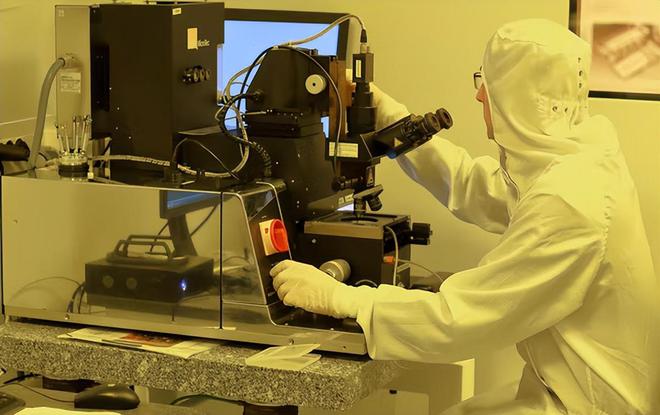1064nm SM(Single Mode) Infrared Laser Diode(1)

What is the principle of 1064nm SM laser diode?
Principle: Based on the principle of stimulated radiation of semiconductors, when a forward voltage is applied to the laser diode, electrons and holes recombine in the active region, release energy in the form of photons, and generate lasers with a wavelength of 1064nm. For example, DFB and DBR lasers achieve single-mode output through distributed feedback gratings and Bragg gratings respectively. 1064nm SM laser diode is composed of substrate, active layer, confinement layer, cladding, etc. The active layer is the area where the infrared laser is generated, and the confinement layer and cladding are used to confine light and carriers. It gets commonly package forms including TO-5 package, butterfly package, which has good heat dissipation and electrical performance.
Development history
Early 1064nm SM laser diode has low power and poor beam emitting stability. Limited by semiconductor materials and manufacturing processes, it could only achieve basic functions in laboratory environments and had a narrow range of applications.
Technical breakthrough: With the development of epitaxial technology, the diffraction spectrum stabilization grating can be integrated into the laser diode, improving the spectral performance. The master oscillator power amplifier (MOPA) design monolithically combines a single-mode, single-frequency distributed feedback seed laser with a high-power tapered semiconductor amplifier, solving the multimode problem and improving beam quality and linewidth.
Current progress: 1064nm single mode infrared laser diodes have been significantly improved in terms of power, stability, modulation speed, etc. It has good beam stability and high modulation speed, which also provides technical support for the application of 1064nm single-mode diodes in high-speed communications and other fields.
Future trend: In the future, 1064nm SM infrared laser diode will be designed and developed towards higher power, narrower line width, higher modulation frequency, and better temperature stability so as to meet the growing needs of optical communications, laser processing, biomedical and other fields. It may also be integrated with technologies such as artificial intelligence and the Internet of Things to open up new application scenarios.
Featured advantages of 1064nm SM infrared lase diode:
Good wavelength stability: it can output lasers stably with a wavelength of 1064nm, which is less effected by external factors, such as temperature and current. It is greatly helpful to ensure the stability and accuracy of the application system, such as ensuring measurement accuracy in laser ranging.
High beam quality: it keeps work with single mode output, low laser beam divergence angle, close to the diffraction limit, highly concentrated energy. This 1064nm SM mode laser diode achieve high energy density focusing, and can accurately act on small areas in laser processing.
High conversion efficiency: It makes a higher proportion of electrical energy conversion into light energy, reducing energy consumption, improving energy utilization, and saving operating costs. It is applicable for scenarios with requirements for power consumption.
Good reliability: Compact and durable structure made 1064nm SM laser diode gets long serving lifetime and low failure rate, reducing maintenance and replacement costs, and has obvious advantages in industrial production and other fields.
Applications fields:
1064nm SM infrared laser diode can be used for medial fields of laser surgery, physical therapy, high energy density to achieve tissue cutting, coagulation, etc. In the communication field, it is applied as a light source in an optical communication system, which can achieve high-speed, long-distance optical signal transmission. In the field of scientific research, it is used for spectroscopy research, lidar, etc., providing high-purity and high density infrared light sources for scientific research.

Post Comments
You must be logged in to post a comment.
Click here to log in